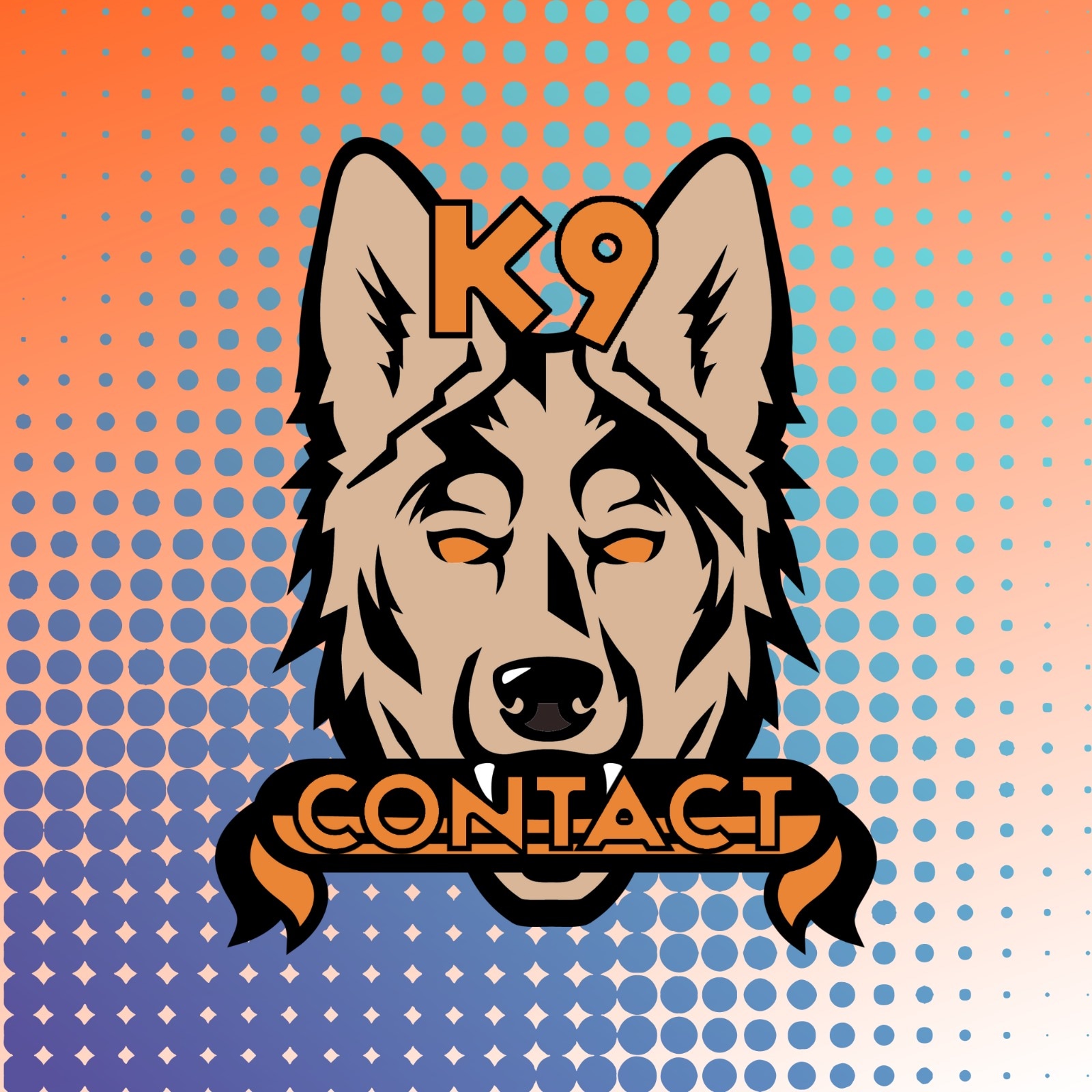Types of Reinforcers
- Aaron O'Brien
- Jan 12
- 2 min read
Updated: Feb 19
I stepped out of the store and walked back over to where my dog was waiting, excited to see what nice treats I had bought them. What was in the bag - they just needed to know! "Come" I asked, and while we started to walk together they kept trying to get their nose into the bag. I turned they turned. I stopped they stopped. Perfect street heel, all so that I might show them the contents of the bag.
A reinforcer is a desirable experience accessed in reward of engaging in a wanted behaviour/action/etc, and can have the effect of encouraging repetition of that behaviour/action/etc in the future.
Notice that it is not the physical item or interaction that is being used to reinforce (e.g. tug toy, treat etc), but the individual dog's experience of it. Be aware that this changes from moment to moment. And that a good reinforcer will be meaningful - that is it is both valuable and relevant (e.g. a juicy steak is valuable, but not relevant to trying to flee a scary situation).
Further recognise that a reinforcing experience can come from any source - not just the trainer or handler. Reacting at another dog to relieve pressure is reinforcing, for example.
There are three conditions in which a dog will feel reinforced, and be likely to repeat a behaviour (read more here):
The behaviour accesses something desirable
The behaviour avoids something undesirable
The behaviour itself is desirable
Of the first condition, there are 4 methods:
Play
Praise/Social
Food
Satisfying curiosity
Of the second condition, there are 2 methods:
Escape
Avoidance
Of the third condition, while presentation is the same, there are 2 formats that can be considered (although this is more nuanced):
No alternative - they preform the behaviour because they don't have other options
Preferred behaviour - they preform the behaviour despite having other options, because they feel that behaviour is more meaningful in that moment
To takes things a step further, we can understand reinforcers as being internal or external. A dog working for an external reinforcer is looking to get the explicit reward, and considers it separate from the desired behaviour being practiced (e.g. "If I walk for 10 steps in heel, I'll get a treat and praise" - dog). Our goal is generally to integrate external reinforcers into the desirable behaviour, so that the experience of performing that behaviour is reinforcing (internal reinforcing). e.g. "Walking in heel is fun because its challenging and good things happen when it goes smoothly" - dog.





Comments